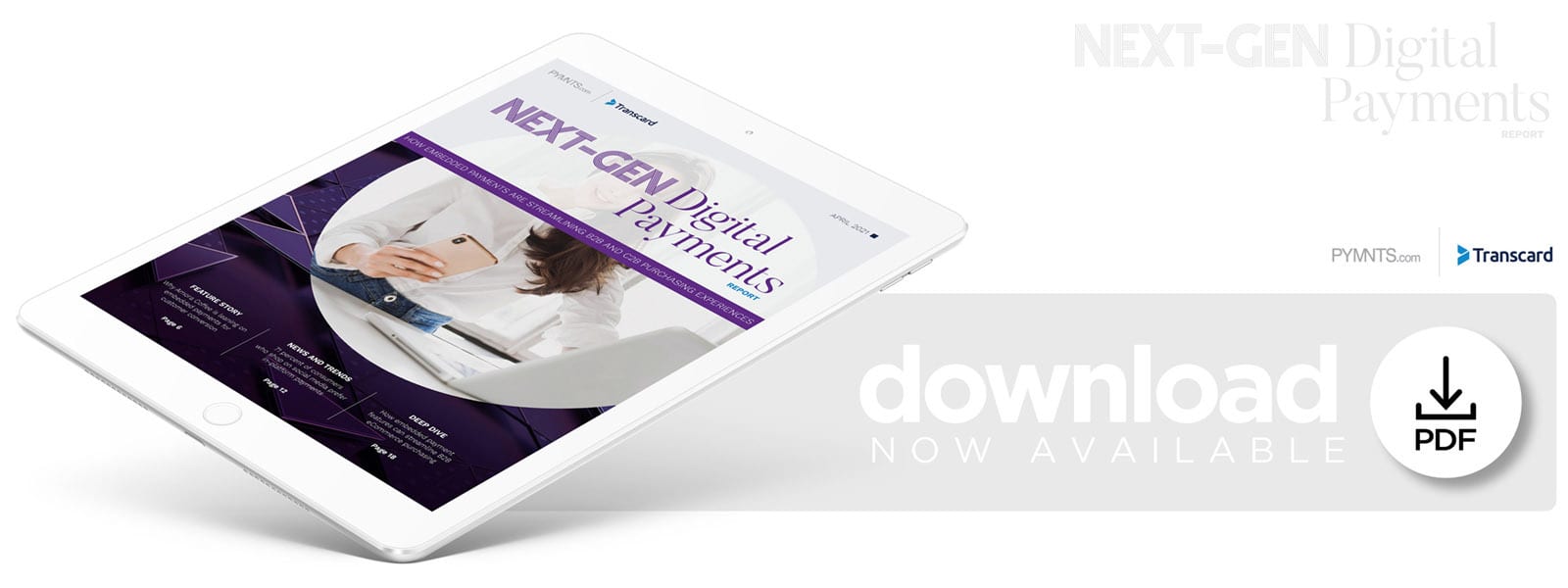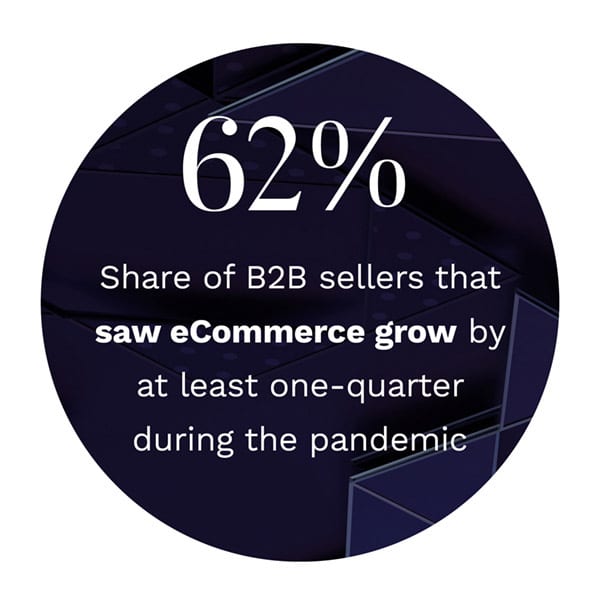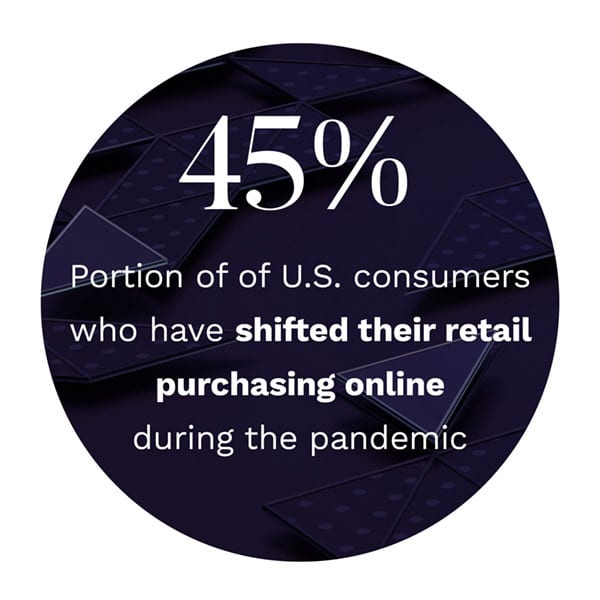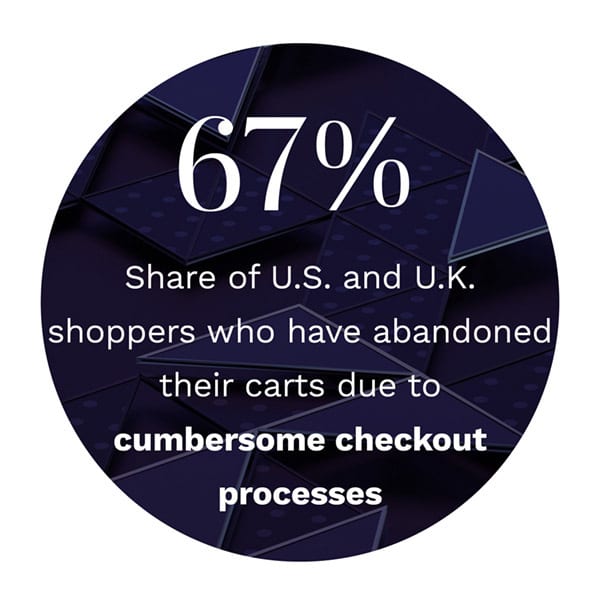Amora Coffee Integrates Embedded Payments To Fuel Customer Loyalty

 Consumers have grown used to paying online or via mobile, and their continued migration to digital shopping has only accelerated as the pandemic continues.
Consumers have grown used to paying online or via mobile, and their continued migration to digital shopping has only accelerated as the pandemic continues.
They have also begun to expect speed and seamlessness when they make payments on these platforms. This means sellers — from rideshares offering consumers lifts to restaurants providing takeout and delivery — must be sure they are meeting consumers’ payment needs to successfully compete. The same is true for corporate companies as more businesses begin to step away from previously manual payment processes in favor of speedier digital channels.
In the Next-Gen Digital Payments Report: How Embedded Payments Are Streamlining B2B And C2B Purchasing Experiences, PYMNTS analyzes how payment expectations and needs are shifting for consumers and businesses as well as how embedded payment options — including buy buttons — are playing a larger role in digita l commerce.
l commerce.
Around The Digital Payments Space
Car firm Mercedes appears to be making the most of consumers’ increasing appreciation for embedded payments with the launch of its new Fuel & Pay mobile product. The feature allows German consumers to use the company’s Mercedes me mobile app to find gas stations and make payments before filling up their gas tanks, with users receiving digital receipts via the app once payments have been completed. Mercedes owners can also access the feature on their vehicles’ digital dashboards. The company aims to roll out the Fuel & Pay function to other consumers in Europe in the near future.
Consumers spending more time shopping online are also heading to social media sites and apps to connect with friends and family — and many are even looking to combine these two experiences. One survey found that 71 percent of shoppers in the United Kingdom and the United States are interested in paying for purchases on social media sites without leaving their platforms. Convenience and security were the top two factors consumers cited, with many considering payments experiences that are embedded into social media sites to be much smoother than completing these payments on third-party sites.
Co nsumers are not the only ones who can benefit from embedded payments. Firms could tap these tools to more quickly and conveniently make and receive payments to and from their partners during B2B transactions. One study found that 62 percent of B2B merchants’ eCommerce sales rose by at least 25 percent in 2020, and these sellers are likely to seek out embedded payment options that can keep up with their growth as manual or paper-based payment processes become more cumbersome.
nsumers are not the only ones who can benefit from embedded payments. Firms could tap these tools to more quickly and conveniently make and receive payments to and from their partners during B2B transactions. One study found that 62 percent of B2B merchants’ eCommerce sales rose by at least 25 percent in 2020, and these sellers are likely to seek out embedded payment options that can keep up with their growth as manual or paper-based payment processes become more cumbersome.
For more on these and other stories, visit the Report’s News & Trends.
Amora Coffee On How The Pandemic Jolted Consumers’ Embedded Payment Preferences
Companies in certain industries caught on to the embedded payments trend long before others, with eCommerce behemoth Amazon offering one-click purchasing to customers for decades, for example. Consumers are beginning to expect these kinds of streamlined purchasing experiences everywhere, however, especially as more of them shop online during the global health crisis.
Retailers must pay close attention to this trend to capture customers’ attention, especially as the latter grow increasingly less forgiving of payment pain points, explained Jim Fosina, founder and CEO of gourmet coffee and tea retailer Amora Coffee.
To learn more about how embedded payments can help retailers improve customer conversion, visit the Report’s Feature Story.
Deep Dive: How Embedded Payments Can Streamline B2B Purchasing
The use cases for buy buttons and other forms of embedded payments are well-known when it comes to consumer payments, but these methods can also remove frictions from B2B transactions. A growing number of firms have migrated online to conduct their B2B payments during the pandemic, prompting a shift away from previously manual payment methods to embedded digital solutions that can enable faster, more seamless transactions. Employing buy buttons and similar solutions previously relegated to consumer-facing purchases could help companies better compete as more of their rivals shift to digital B2B payment processes.
To learn more about how embedded payments could enhance B2B purchasing experiences, visit the Report’s Deep Dive.
About The Report
The Next-Gen Digital Payments Report: How Embedded Payments Are Streamlining B2B And C2B Purchasing Experiences, a PYMNTS and Transcard collaboration, explores how businesses and consumers are turning to embedded payment options, including buy buttons, to access seamless digital purchasing experiences as they transact around the globe.